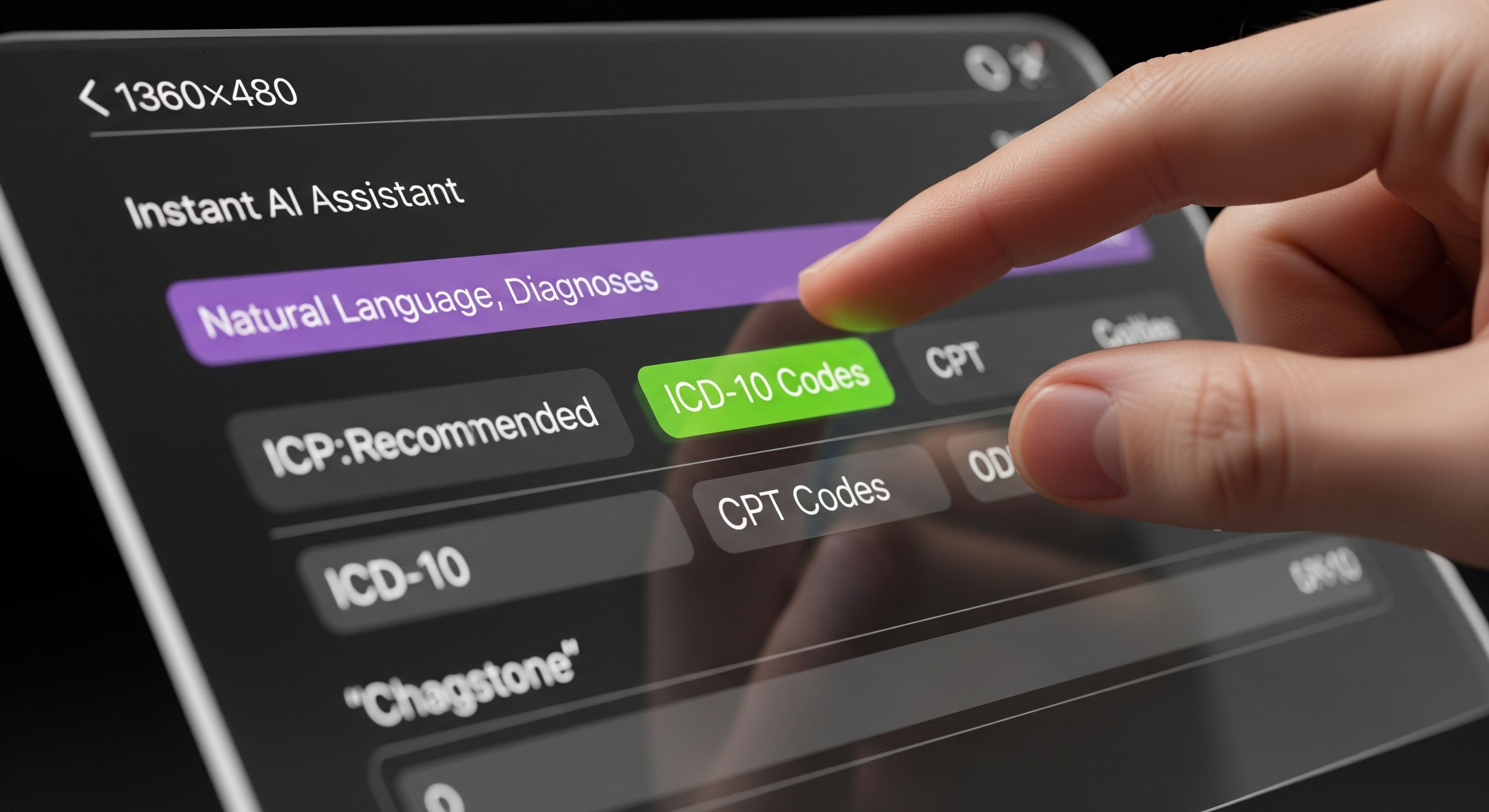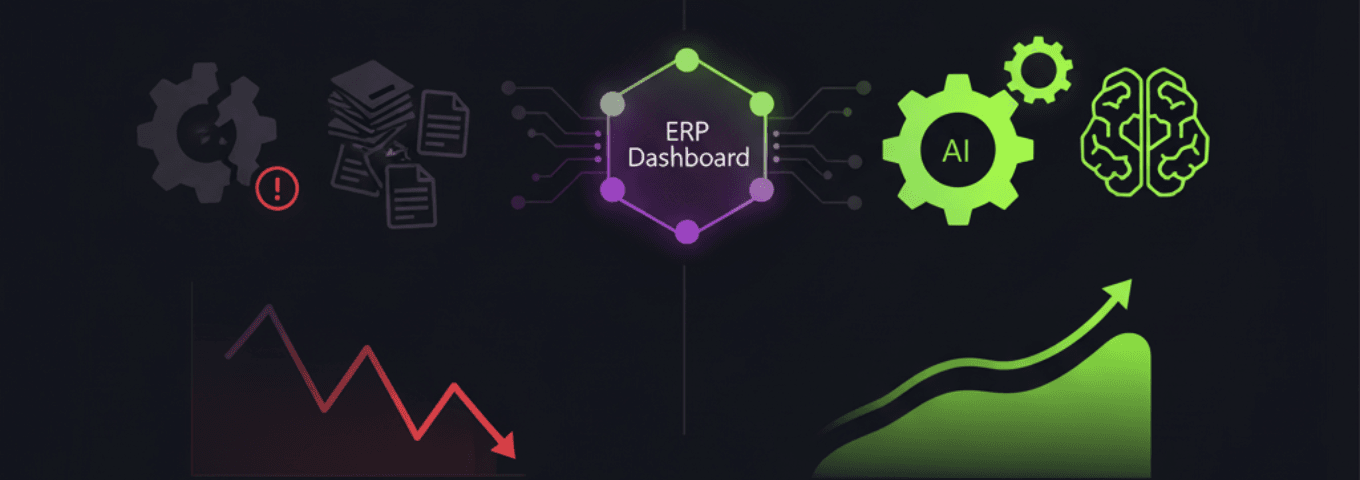Powering Clinical Workflows with an Intelligent Code System

US customer
Our client, a forward-thinking US healthcare provider, faced a challenge familiar to many in the industry: how to keep up with the constant, complex updates to essential medical codes.
1. Requirement
1.1. Purpose
For any healthcare system, managing the vast array of code systems, value sets, and identifiers is a task of critical importance that requires a significant investment of effort. Major code systems like ICD-10, CPT, and HCPCS are controlled by different organizations and are updated annually, creating a constantly shifting landscape of compliance. Without accurate and up-to-date terminologies, a healthcare application cannot integrate precisely with other service providers, failing to properly handle essential functions like submitting billing data or exchanging patient records with other EHR applications.
1.2. Detail Requirement
Our client engaged BeevR to consult on and build a centralized code system management platform with the following core capabilities:
- Centralized Repository: To collect, unify, and store numerous code systems and value sets—including ICD-10, CPT, SNOMED CT, and others—in a single, authoritative source.
- Automated Updates: To be automatically notified of, and updated with, any changes from official code system providers, ensuring constant compliance.
- Advanced Search Engine: To build an effective search engine enabling both human users and dependent applications to quickly find and explore code system data.
- Custom Code Definition: To allow providers the flexibility to define and manage their own custom code systems and value sets.
- Microservice Architecture: To expose a robust API, allowing the platform to function as a self-contained microservice for a larger healthcare ecosystem.
2. Customer Problems
Prior to implementing our code system management module, the client grappled with the significant challenge of keeping their medical terminologies current and compatible. This issue was compounded by their legacy applications, which had been running for years and stored EHR data using a mix of outdated and current code versions, such as ICD-9 and ICD-10, side-by-side. As a result, these systems increasingly produced inaccurate reports and caused frequent failures in data transmission to third-party services, creating a critical data integrity problem across their operations.
1. Programming Language
- Node.js for Server, Strapi CMS
- Reactjs for Frontend
- Java for workflow engine
- Javascript/Typescript
2. Framework
- Expressjs Framework
- Create React App Framework
3. Third Party
- Rocket.Chat
- Flowable
- Strapi
- Keycloak
4. Database
- MySQL (Version 8)
- Elastic search (Version 8.10.4)
- Postgresql
1. Challenge
To deliver a truly intelligent and automated platform, our team had to overcome several complex technical challenges that went far beyond simple data management.
- Building a Resilient, Automated Ingestion Pipeline
- Managing Semantic Versioning and Historical Data Integrity
- Developing a High-Performance, Context-Aware Recommendation Engine
2. How to resolve these challenges
To address these challenges, we engineered a multi-layered solution focused on automation, data integrity, and intelligent usability.
- Automated, Fault-Tolerant Update Pipeline
We designed a hybrid system supporting both manual and automated updates for maximum flexibility. The core of this solution is an automated pipeline that registers API hooks with trusted code providers to receive instant notifications of new versions. The pipeline then automatically downloads, validates the integrity of the new data, and ingests the code sets into the central repository, ensuring the platform is always current without manual intervention. - Intelligent Semantic Versioning
Upon ingesting a new version, the system doesn't simply replace old data. Instead, it performs a semantic scan to map compatibility levels between old and new codes. Critically, it marks outdated codes as "obsolete" rather than deleting them, an approach that ensures 100% integrity and continuous accessibility of all historical patient records. - ML-Powered Recommendation Engine for Enhanced Usability
To dramatically reduce provider effort and improve data-entry speed, we built a Machine Learning recommendation module. By analyzing historical usage patterns, the engine identifies which codes are typically used together. When a provider looks up a code, our API returns not only the requested code but also a set of context-aware recommendations, enabling the front-end application to intelligently auto-populate related fields and streamline clinical workflows.
Other Works

From Reactive to Predictive - Revolutionizing US B2B Services
Revolutionizing US B2B Services from Reactive to Predictive using AI/ML and Custom ERP; achieving 15% cost savings and 30% process optimization.

Optimizing Manufacturing Assembly with Pick-to-Light
A software solution that transforms manual parts-picking into a fast, accurate, and efficient process for modern manufacturing assembly lines.

Empowering Teams with No-Code Workflows
Our no-code workflow builder allows a global event organizer's team to easily design, manage, and automate complex events.
